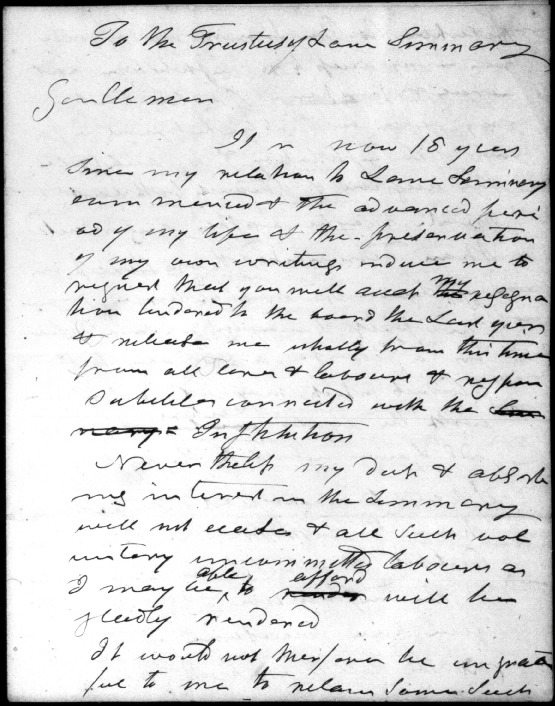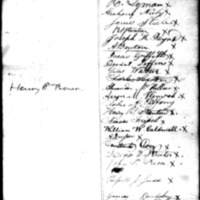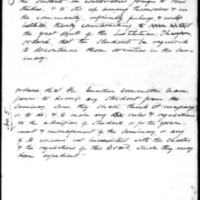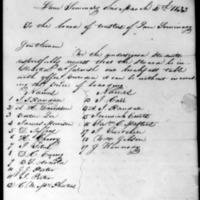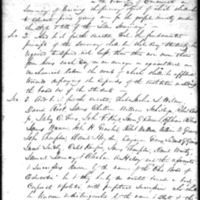The Aftermath of the Rebellion
The final document featured on this website, is the resignation letter of Reverend Dr. Lyman Beecher submitted to the Lane Seminary trustees in 1850. Beecher explained that he would be happy to continue a relationship with the seminary, and suggested the possibility of teaching a course there in the future. Beecher moved back east to Boston, where he wrote his lengthy autobiography. In 1856, he moved again to be near his son Henry Ward Beecher in New York. Lyman Beecher died January 10, 1863 at the age of 87.
Only a few years after the Lane rebellion, in 1837, the American economy experienced a financial panic and the Tappan brothers lost virtually everything. Due to their business acumen, they were able to rebuild their fortune by the 1840s. The Tappans spent their entire lives and fortunes on moral causes and immediate abolitionism. Arthur died July 23, 1865 followed by his younger brother Lewis on June 21, 1873.
Theodore Dwight Weld continued fighting for abolition after leaving Lane to become a writer for the American Anti-Slavery Society and editor of The Emancipator. In 1837, Theodore wrote The Bible Against Slavery, which relayed arguments against slavery based in the Bible. He married Angelina Grimke, a nationally renowned women’s rights pioneer in 1838. The couple, along with Angelina’s sister Sarah, authored Slavery As It Is: Testimony of a Thousand Witnesses. It is reported that this book was one of the strongest influences on Harriet Beecher Stowe’s Uncle Tom’s Cabin.
The Lane Theological Seminary continued for more than one hundred years, until it merged in 1932 with McCormick Theological Seminary, which still exists today in Chicago. The buildings on the Lane Seminary campus were slowly demolished over time, with the removal of the last academic building in 1956. Today, the only thing that remains of Lane Seminary is a house, built for the seminary presidents in which to live. From the time Rev. Dr. Lyman Beecher was its president, he lived in this home with his family. Beecher’s daughter Harriet lived in this house until she married Professor Calvin Stowe. Since then, history has remembered Harriet more than Lyman Beecher, thanks to her book, Uncle Tom’s Cabin. When the house became a national historic landmark, it was named the Harriet Beecher Stowe House Museum.
Though Lyman Beecher tried to encourage some rebels to return to Lane as students, he could not convince them. The Lane rebels wanted to prove that abolition was the only way for the future of the country to prosper, and left behind their studies at Lane Seminary. The rebels used their oratory skills to publicly show the wrongs of slavery and persuade others to join their cause. They were passionate and persistent. Also, they used the power of their joined voices to exponentially increase their impact. With my website, I hope to educate people on the stories and facts surrounding courageous rebels who fought for the cause of freedom.
